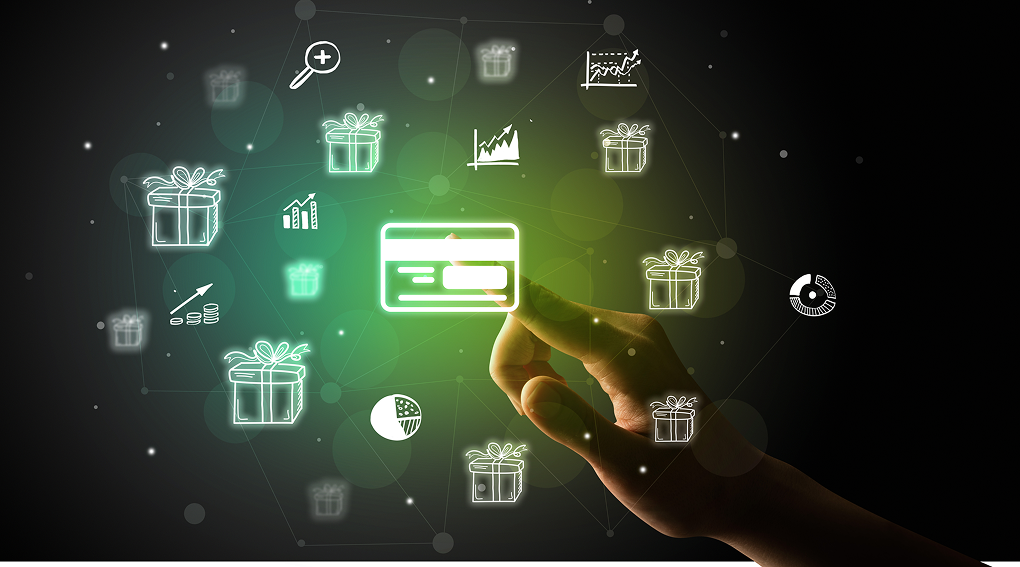
Customer Loyalty Programs: A Beginner’s Guide to Building Repeat Business
Introduction: Why Loyalty Programs Are No Longer Optional
For decades, businesses relied on location, advertising, and word of mouth to bring customers back. But in today’s competitive world, customer loyalty needs structure. A loyalty program is no longer just a perk—it’s a proven system to retain customers, increase sales, and build long-term relationships.
- Acquiring a new customer costs 5–7x more than keeping an existing one.
- Loyal customers spend 67% more on average than new ones.
- Businesses with loyalty programs report higher repeat purchase rates and referrals.
This beginner’s guide will break down what loyalty programs are, why they matter, and how to start one that works for your small business.
Section 1: What Is a Customer Loyalty Program?
At its core, a loyalty program is a structured way of rewarding repeat customers. It gives people an incentive to keep coming back, whether that’s through discounts, freebies, or VIP perks.
Think of it as a simple trade:
- Customers give you repeat business.
- You give them recognition and rewards.
This two-way exchange builds trust and habit—the foundation of customer retention.
Section 2: Why Loyalty Programs Work

Loyalty programs are effective because they tap into three universal motivators:
- Psychological Reward – People love earning progress (points, stamps, tiers).
- Financial Value – Discounts and freebies make customers feel smart about their choices.
- Emotional Connection – Recognition and personalized perks strengthen relationships.
👉 When customers feel valued, they don’t just come back—they spend more and refer friends.
Section 3: Types of Loyalty Programs (Beginner-Friendly)
1. Punch Card Programs
- The simplest form: “Buy 9, get the 10th free.”
- Works for cafés, quick-service restaurants, or any business with frequent small purchases.
- Low cost, easy to implement.
2. Points-Based Programs
- Customers earn points for every dollar spent.
- Points are redeemed for discounts or rewards.
- Flexible and scalable—great for retail, e-commerce, and services.
3. Cash-Back Rewards
- Customers earn a percentage back from each purchase as store credit.
- Feels tangible and straightforward.
- Works best in industries with tight competition (grocery, retail).
4. Tiered or VIP Programs
- Customers unlock better benefits as they spend more.
- Creates a sense of exclusivity.
- Perfect for salons, gyms, or luxury retailers.
5. Membership or Subscription Programs
- Customers pay a recurring fee for perks like free delivery, monthly freebies, or special access.
- Provides predictable revenue for the business.
- Effective for both physical and digital businesses.
Section 4: Steps to Start Your First Loyalty Program
- Understand Your Customers – What motivates them: savings, exclusivity, or convenience?
- Choose a Simple Model – Start with punch cards or points before moving into advanced tiers.
- Define Clear Rewards – Customers should know exactly what they’ll earn.
- Set Terms That Work for You – Balance customer value with business margins.
- Promote the Program Everywhere – In-store, online, social media, receipts.
- Track and Measure – Monitor repeat visits, redemption rates, and lifetime value.
Section 5: Common Mistakes Beginners Make

- Overcomplicating the rules (confuses customers).
- Offering weak rewards that don’t motivate.
- Ignoring data—failing to measure what’s working.
- Forgetting personalization (treating all customers the same).
Section 6: The Future of Loyalty Programs
Today’s loyalty programs are going digital. Apps, QR codes, and POS integrations make it easy to:
- Track points in real-time.
- Send personalized offers.
- Reward referrals and social engagement.
As customer expectations evolve, digital-first loyalty will become the standard.
Conclusion: Loyalty Starts Simple
You don’t need a massive budget or complex system to start building loyalty. Even the simplest program—a punch card or point system—can create habits, increase sales, and make customers feel appreciated.
The key is to start small, stay consistent, and improve over time. As your business grows, your loyalty program can evolve into a more advanced system with tiers, personalization, and digital integration.
At the end of the day, loyalty isn’t just about discounts—it’s about creating relationships that last.